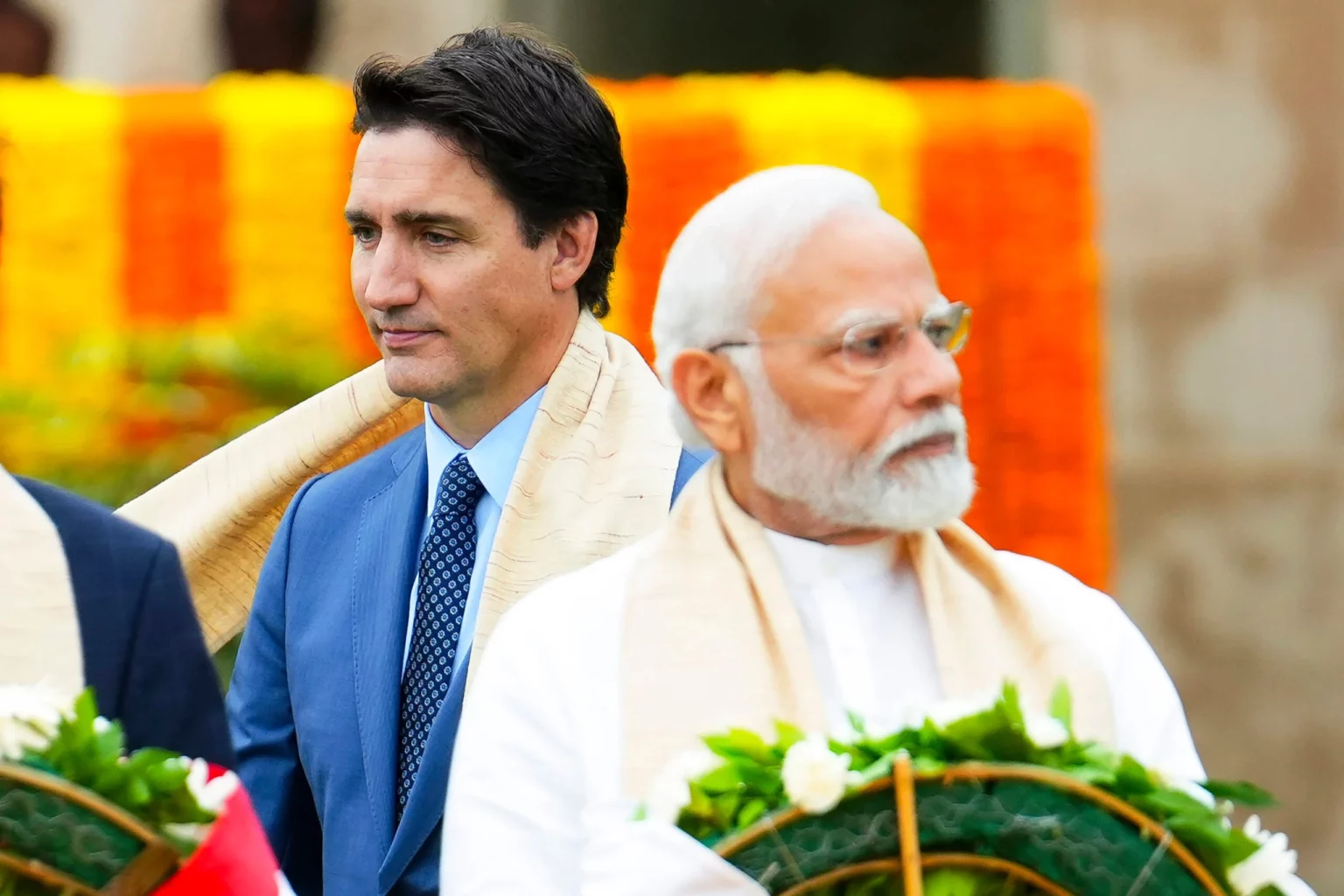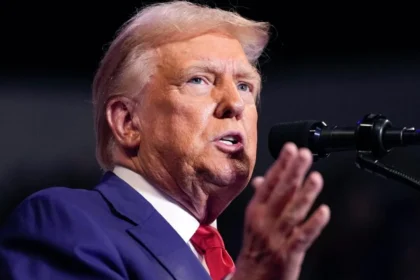Recent remarks by Canadian Prime Minister Justin Trudeau have ignited a diplomatic row between India and Canada, casting a shadow over their relations and impacting crucial trade negotiations. Trudeau’s allegations linking India to the assassination of Khalistani leader Hardeep Singh Nijjar have strained diplomatic ties, prompting a swift response from both sides. This article delves into the repercussions of Trudeau’s comments and explores the far-reaching consequences for trade, investment, and the Sikh diaspora.
Trudeau’s Accusations:
During his return from the G20 summit in India, Trudeau claimed that there were “credible allegations of a potential link” between Nijjar’s murder in June and Indian government agents.
This inflammatory assertion triggered immediate reactions and the subsequent expulsion of a high-ranking Indian diplomat by Canada’s Foreign Minister, Mélanie Joly.
India’s Response:
New Delhi swiftly rebuffed the allegations, deeming them “absurd” and urging Canada to take action against anti-India elements operating within its territory. As tensions escalated, the fallout extended beyond the diplomatic arena, affecting vital trade discussions between the two nations.
Impact on Trade Talks:
Trade negotiations between India and Canada have suffered a setback. Canada recently announced a pause in talks concerning a proposed treaty with India, despite both countries expressing their intent to finalize an initial pact this year. The Comprehensive Economic Partnership Agreement (CEPA) under consideration could potentially boost two-way trade by up to $6.5 billion. Industry estimates also indicate a GDP gain of $3.8 billion to $5.9 billion for Canada by 2035 if the agreement materializes.
Key Trade Items:
In recent years, goods trade between India and Canada has shown steady growth, reaching $8 billion in 2022. India’s exports to Canada amounted to $4 billion, aligning with the value of imports from Canada. Key trade items include Indian exports of lentils, which have benefited Canadian farmers, and Canadian exports of energy products, fertilizers, and more. Indian pharmaceutical and software companies have also expanded their footprint in the Canadian market.
Investment Position:
Canada stands as the 17th largest foreign investor in India, injecting over $3.6 billion since 2000. Furthermore, Canadian portfolio investors have significantly contributed to Indian stock and debt markets. The Canadian Pension Plan (CPP) alone has ramped up its investment in Indian markets, reaching approximately $15 billion by the end of the last fiscal year.
Corporate Engagement:
Both nations have witnessed robust corporate engagement. Over 600 Canadian companies, including industry giants like Bombardier and SNC Lavalin, have established a strong presence in India. Simultaneously, more than 30 Indian companies, including tech titans TCS, Infosys, and Wipro, have invested substantially in Canada, generating numerous job opportunities.
Indian Students in Canada:
India has emerged as the primary source country for international students in Canada since 2018. In 2022, the number of Indian students surged by 47% to nearly 320,000, constituting approximately 40% of all overseas students. This influx not only enriches Canada’s educational landscape but also enables institutions to offer subsidized education to domestic students.
Implications for Sikhs:
The deteriorating relations between India and Canada carry implications for the economic interests of Sikh families in India’s Sikh-majority state of Punjab. Many of these families have relatives in Canada who remit substantial funds back home. Canada’s Sikh population has witnessed remarkable growth, reaching 2.1% according to the 2021 census. The influx of Sikhs from India, driven by aspirations for higher education and job opportunities, has contributed to this demographic shift.
Trudeau’s allegations and the subsequent diplomatic tensions have far-reaching consequences for India-Canada relations, trade negotiations, investments, and the Sikh diaspora. The evolving dynamics between these two nations will be closely observed not only by the parties involved but also by the international community, underscoring the complex interplay between diplomacy, trade, and cultural ties in the modern global landscape.




